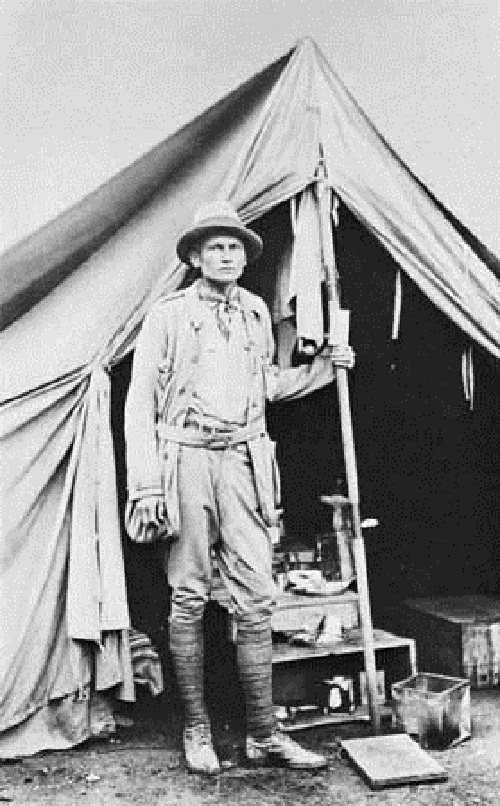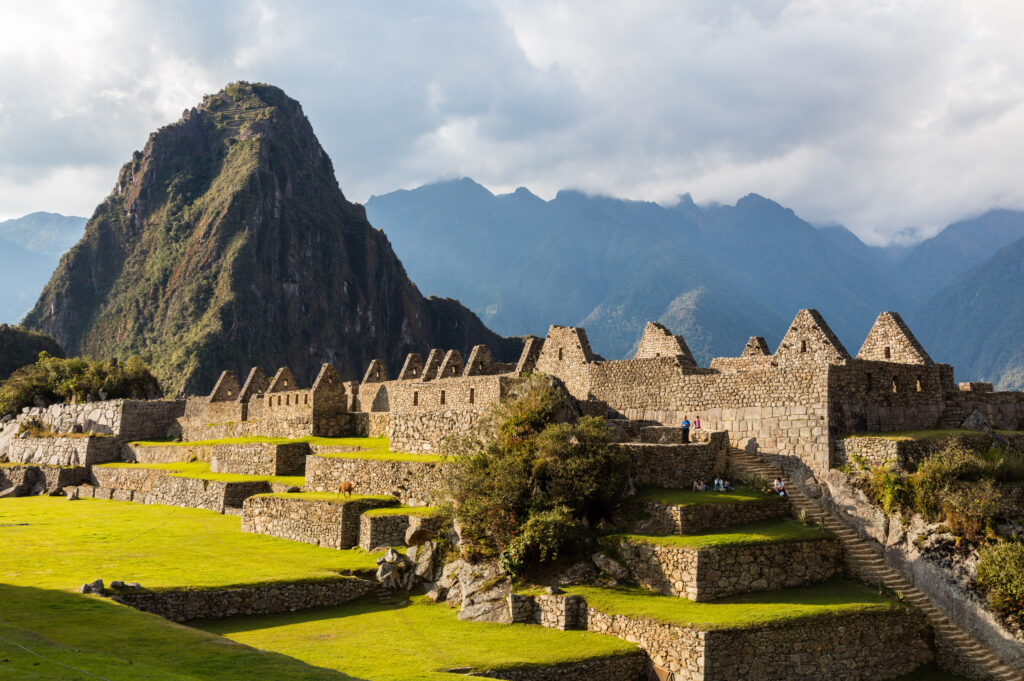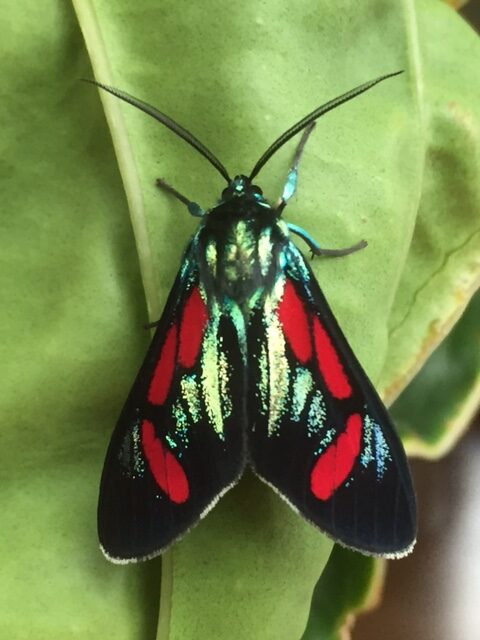The outside world was introduced to the ancient ruins of Machu Picchu when discovered by American historian Hiram Bingham on July 24, 1911. Although several unsubstantiated claims of earlier discovery have been advanced, it remains clear and undebatable that Bingham was the “scientific discoverer of Machu Picchu.”

Bingham was born in 1875 in Hawaii and spent his youth learning mountaineering from his missionary father. He pursued history as a university student, eventually becoming a professor of Latin American History at Yale, where he served from 1907 to 1924. Although not a trained archeologist, his historical knowledge and his rugged childhood made him a perfect jungle explorer. Hiram Bingham, it appears, was a real life Indian Jones.
He mounted an expedition in 1911 to find the so-called “Lost City of the Incas.” On July 24 of that year, he and his guides emerged onto a plateau high in the Andean mountains to find an amazing discovery. He wrote of that day, “…suddenly we found ourselves in the midst of a jungle-covered maze of small and large walls….Surprise followed surprise until there came the realization that we were in the midst of as wonderful ruins as any ever found in Peru.”

Not only did he find the finest archeological site in Peru, but undoubtedly one of the finest in the world. The ancient facility, constructed in the 15th Century, sits atop a mountain at 8,000 feet in elevation. More than 200 structures comprise the site, divided among stone terraces running along the cliff side. However, this is not the Lost City of the Incas, but rather a religious and ceremonial sanctuary built by the then Incan king for his personal use.

UNESCO declared it a World Heritage Site in 1983. Their declaration notes “the massive yet refined architecture of Machu Picchu blends exceptional well with the stunning natural environment, with which it is intricately linked.” Along with the architecture, the site preserves exceptional biodiversity in the enormous range of micro-climates and ecosystems, from high-elevation grasslands to cloud forests and low-elevation lowland forests.
More than one million visitors visit the site annually. The 70,000-acre site is regulated by the Peruvian National Institute of Natural Resources. As tourism has risen in recent decades, in 2015the government has instituted limits (2500 visitors per day) to protect both the site and the quality of the experience. .
Machu Picchu stands as a testament to the idea that nature can sustain humans in virtually any setting, as long as we work with, rather than against, the natural constraints of the place.
References:
Eisner, Peter. 2009. Who Discovered Machu Picchu? Smithsonian Magazine, March 2009. Available at: http://www.smithsonianmag.com/history/who-discovered-machu-picchu-52654657/. Accessed July 24, 2017.
Encyclopedia Britannica. Hiram Bingham. Available at: https://www.britannica.com/biography/Hiram-Bingham-American-archaeologist-and-United-States-senator. Accessed July 24, 2017.
Romero, Simon. 2008. The fights of Machu Picchu: Who got there first? New York Times, November 8, 2008. Available at: http://www.nytimes.com/2008/12/08/world/americas/08iht-journal.1.18479442.html. Accessed July 24, 2017.
